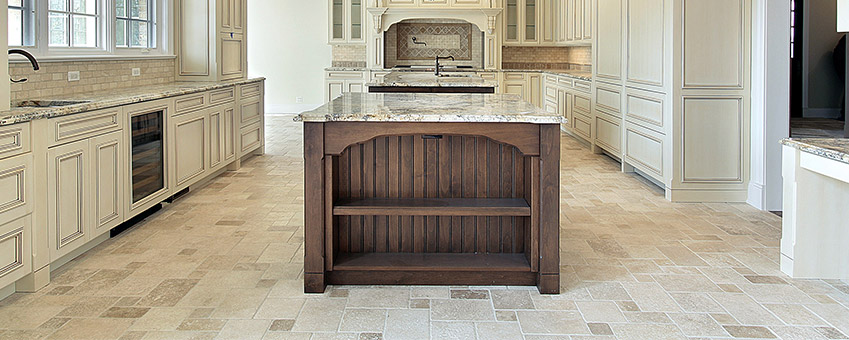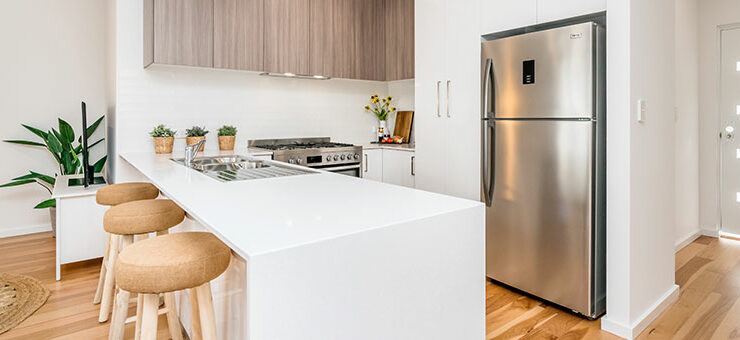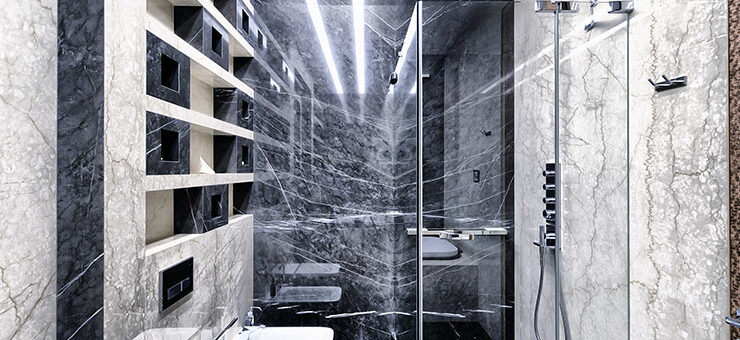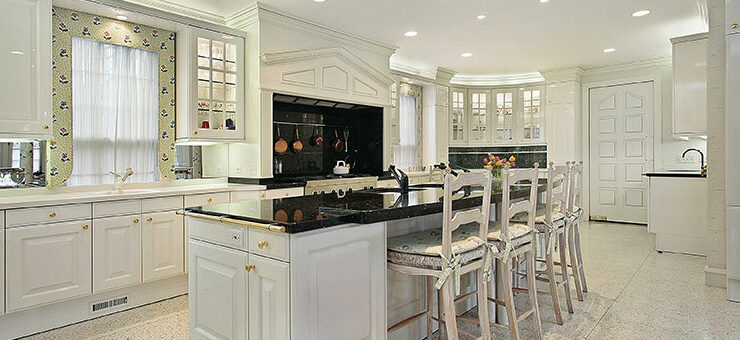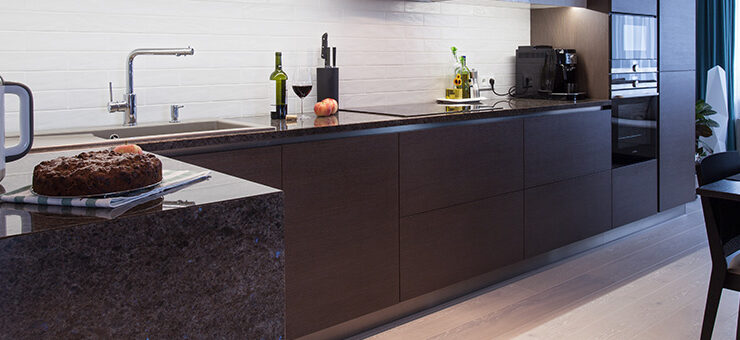Tile for floors are available in a number of forms, and some of the most common tile materials include porcelain, ceramic and vinyl. In addition to these, however, there are a number of other tile options out there, and only by learning a bit about these, you can better decide which is best for your home.
Porcelain and Ceramic Tiles
People love porcelain and ceramic tile because of how they look. They often have eye-catching patterns and radiant colors, and this makes them perfect for the kitchen or bathroom. These tiles are easy to maintain, and when glazed, can resist scratches and wear. These tiles are also easy to replace if they ever get chipped. However, these tiles can be cold on bare feet, especially in the bathroom, so many contractors suggest heated floor tiles in these cases.
Vinyl Tiles
Vinyl is an extremely popular flooring material, since is it practical and affordable. These tiles are safe, durable and comfortable. For many years, however, vinyl was seen as an unappealing choice as they weren’t aesthetically pleasing. Fortunately, these days, vinyl manufacturers have come a long way in the design and color options available. Vinyl is fairly easy to install, but professional installation is recommended, as extreme precision is required.
Plastic Laminate Tiles
Plastic laminate is commonly found in planks, but they are also available in tile form. People are often familiar with laminate because of kitchen countertops, but you can also easily use it on the floors. The one caveat of laminate is that it is not good when dealing with water. This makes laminate tile a better option for the kitchen floor, as standing water in the bathroom can get into the core of the fiberboard, which causes it to buckle and expand. If using laminate tiles in the bathroom, it is necessary to caulk any spaces along the walls, structures or floors. This helps to keep water from seeping underneath.
Stone Tiles
In the past, stone tiles were found in the foyer, but these days, homeowners are putting them in other places throughout the home including in bathrooms and kitchens. These tiles come in a number of forms and are made of materials such as marble, limestone, slate and granite. These tiles are also available in a range of colors such as green, blue, red and gold. Of course, natural colors are also quite popular. These textures include etched, tumbled, cleft, sandblasted and flamed. The one thing that homeowners need to know about stone, however, is it requires more maintenance than other materials.
Wood Tiles
People have also started using wood tiles in the kitchen and bathroom. These tiles are gorgeous, of course, but since they are made of wood, there are a few things to keep in mind. For instance, these must be professionally installed, and a minimum of two coats of high-quality polyurethane is necessary for protection.
Linoleum Tiles
Linoleum is also a very popular choice when it comes to tiles. These are made of cork powder, linseed oil, ground limestone, wood flour and color pigments. Linoleum is usually found in retro or contemporary style bathrooms and kitchens. It is perfect in these rooms thanks to its natural resistance to bacteria, and it further repels dirt and dust. Linoleum has a huge number of followers, and it looks great, but this comes at a cost, as it is one of the more expensive material options.
Cork Tiles
Another unusual option for the kitchen or bathroom is cork. These tiles are nice to step on, have a great warmth that comes from them, and they are available in a number of colored tints. The tiles come in finished and unfinished versions, and those who buy the unfinished version must ensure that their contractor coats them with polyurethane. This ensures that water doesn’t settle into the cork.
Glass Tiles
People also love glass tiles in their bathroom and kitchen. Glass is an unusual choice, but when installed correctly, this tile will hold up extremely well, and when textured, is a very safe tile. This is especially the case when installed into the bathroom. Glass has a very interesting look, and using glass tiles helps to create depth in the room, and if tinted, it brings the effect of stained glass.
It doesn’t matter what tiles you choose, just make sure that they are rated to use on a floor. Since many of these materials also are used in other manners, such as in countertops. For floors, choose a ceramic tile, for instance, that has a grade of 1 or 2. In addition to the grade, when choosing ceramic tile it is important to choose one with a coefficient of friction of .50 or greater. People who choose porcelain should also take into account a rating system, and for floors, it should be rated with a III rating.
Want more ideas? Try mosaic tiles.
